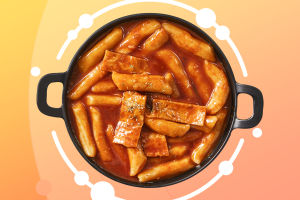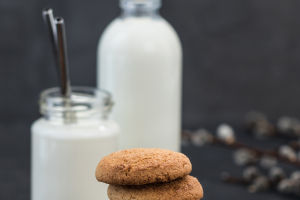Whether you’re a lifelong vegetarian and want to mix up your usual rotation of vegetarian dinner or are an omnivore wondering “what can I make for dinner if I have no meat?”, we’re betting that you’ll find what you’re looking for here! Here are some delicious Vegetarian dishes all over world, get it a try if you had a chance.
1. Mexico. Corn tortillas, beans, avocado and salsa.
It’s the bread and butter of Mexico and perhaps the most common table staple in Central America—yet there’s not much that beats a hot-off-the-skillet handmade corn tortilla, especially when stuffed with basic vegetarian taco fillings. Such tacos were a staple for me about a decade ago, when I spent many months trudging around the deserts of Baja California. Often, as I hiked across the sunburned wilderness, I caught a whiff on the wind of cooking tortillas—that toasty, warm scent of carbohydrates turning brown on a cast-iron pan. The telltale smell of a ranch! Following my nose, I would soon hear the pat pat pat of tortillas being made by hand (as well as the jingling of goat bells). I was a cheese-eater without relent in those days, but often I would buy 30 corn tortillas and for dinner have tacos filled only with avocados, tomatoes and lime. But travelers, watch out for lard; though corn tortilla dough usually consists only of masa, water and salt, some tortillas are cooked on skillets rubbed with swine fat. If you make them at home, rub the pan with a fleck of coconut oil before cooking each tortilla.
2. India. Chana masala.
The great garbanzo bean (a.k.a. chickpea) stars in this classic dish of India, home to about 400 million vegetarians. Chana masala is simply protein-packed garbanzos stewed with onions, tomatoes and a curry of spices, including coriander, cumin and turmeric—and is often served over rice or eaten with naan (beware of buffalo butter, called ghee, or, heck—just enjoy it). Garnished with cilantro, mint or green onion, chana masala, though almost always a staple of cheaper Indian restaurants, can be as elegant and satisfying as any celebrated dish of Mediterranean Europe.
3. Chile. Porotos Granados.
Built of New World ingredients, porotos granados is a stew of pumpkin, cranberry beans, corn, onion, spices and broth. The final consistency is much like porridge, with the squash mashed into a purée. Flavor can be enhanced by roasting the corn over a flame first, and caramelizing the onions in the pot before adding the broth also enriches the dish. Kabocha squash can be substituted for the pumpkin, and a light sweetness can be added with mashed overripe plantains.
4. Lebanon. Tabouleh.
It’s made of bulgur, onions, parsley, mint, tomatoes and cucumber, with a dressing of olive oil and lemon juice. Light but substantial, tabouleh, eaten cold, is refreshing on a hot evening and an easy last-minute make for a bring-along party dish. Home cooks might even take the Middle Eastern theme a step further and add diced dried and toasted walnuts. Served with hummus, olives and falafels, tabouleh completes a classic vegan feast of the Middle East.
5. Eritrea. Injera and Wat.
One of the most memorable parts of any Eritrean or Ethiopian meal is the simplest—the injera, or sour, spongy flatbread. Injera is made with the flour of teff, an indigenous mountain grain, and wheat or barley. Mixed with water, it is left to ferment for several days until the batter smells like buttermilk. The bubbling batter is ladled onto a skillet and cooked like a pancake. On the table, the injera serves as a utensil, a sponge and a napkin, and the meal is officially over when the sheets of injera spread over the table have been eaten. Injera is typically eaten with soups, such as wat, a dense and spicy lentil stew.


